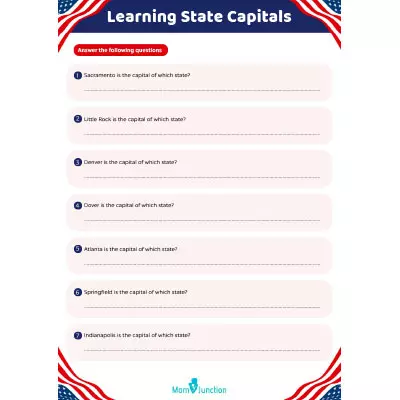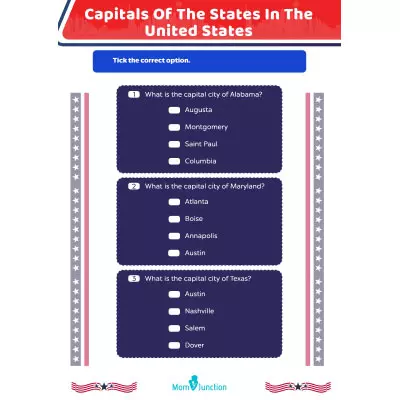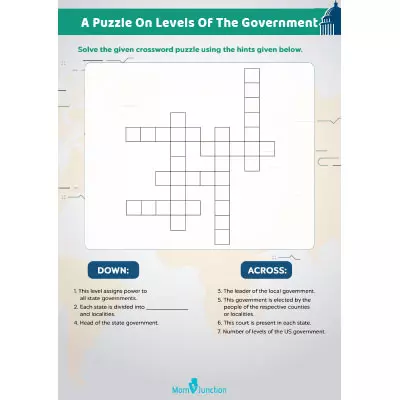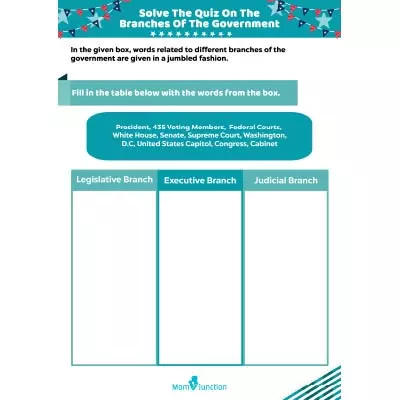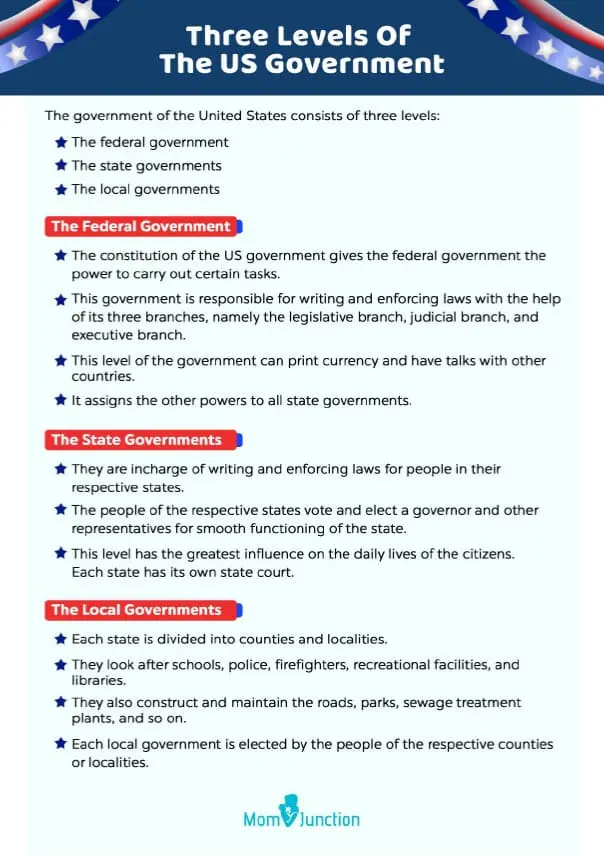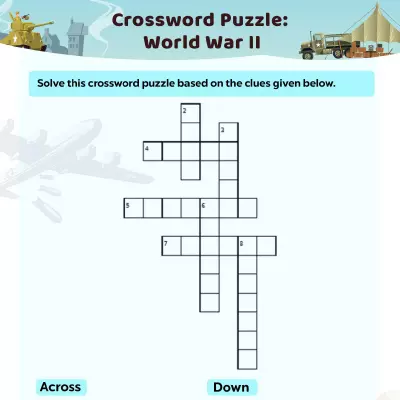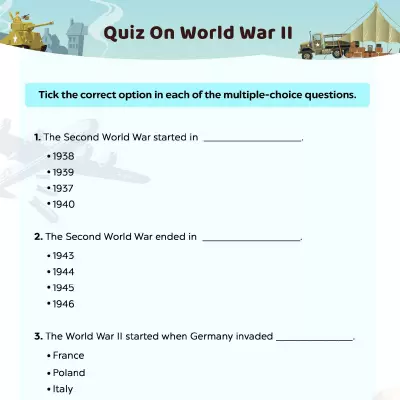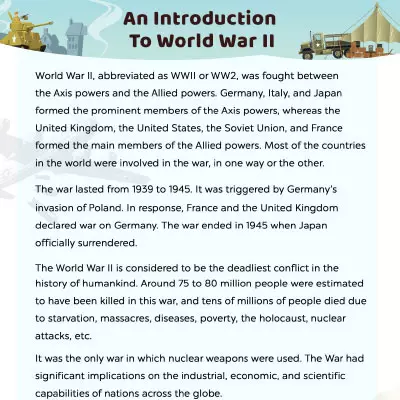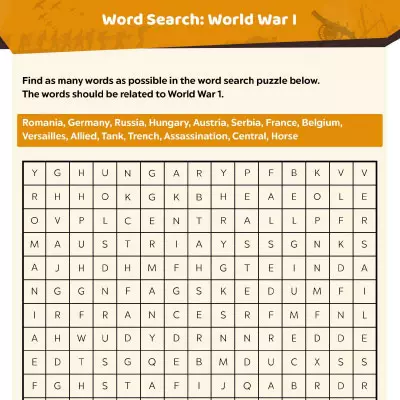The Earth is a humongous sphere. Latitudes and longitudes are a giant grid system that helps us locate any place on this planet. A latitude and longitude worksheet is an interesting way to explain this cool concept to children. Although latitude and longitude lines are imaginary, they help us find exact locations when shown on maps and globes. So, let’s explore how these lines work and how children can use them to read a map.
How To Use Latitude And Longitude To Locate A Place On A Map
To understand how to locate a place on a map, let’s first learn about the two lines.
Latitude: Also known as ‘parallels,’ latitudes are horizontal lines that run around the globe and help us measure distances north and south of the equatoriAn imaginary line that circles the Earth, dividing it into the Northern and Southern Hemispheres. .
Longitude: Also known as ‘meridians,’ longitudes run vertically around the Earth and help us measure distances east or west of the prime meridianiAn imaginary line that runs from the North Pole to the South Pole, dividing the Earth into the Eastern and Western Hemispheres .
To locate a place on a map or globe, you need to first determine the coordinatesiA pair of numbers or letters that show the exact position of a place on a map of the place. For example, let’s try to locate the Eiffel Tower in Paris, France. Its coordinates are
Latitude: 48.8584° N
Longitude: 2.2945° E
The latitude of the Eiffel Tower indicates that it is located 48.8584 degrees north of the equator, while the longitude suggests the Eiffel Tower is located 2.2945 degrees east of the Prime Meridian. Thus, the Eiffel Tower is located at the point where its latitude and longitude lines intersect.
This latitude and longitude worksheet can help your child identify the coordinates and precisely locate any place on Earth. You may supplement your child’s learning with this fun latitude and longitude coordinates worksheet.
Answer key
Key Pointers
- Latitude lines run horizontally, measuring distances north or south of the equator.
- Longitude lines run vertically, measuring distances east or west of the prime meridian.
- Latitudes are also known as ‘parallels,’ while longitudes are also known as ‘meridians.’
Community Experiences
Join the conversation and become a part of our nurturing community! Share your stories, experiences, and insights to connect with fellow parents.
Read full bio of Katie Barnes
Read full bio of Praggya Joshi
Read full bio of Swati Patwal
Read full bio of Apoorva K










